The oil gas-pipeline market in Brazil is characterized by a competitive landscape that is increasingly shaped by strategic partnerships, technological advancements, and a focus on sustainability. Key players such as ExxonMobil (US), Royal Dutch Shell (GB), and TotalEnergies (FR) are actively pursuing regional expansion and innovation to enhance their operational capabilities. ExxonMobil (US) has been focusing on integrating digital technologies into its operations, which appears to streamline processes and improve efficiency. Meanwhile, Royal Dutch Shell (GB) emphasizes sustainability, aiming to reduce its carbon footprint while maintaining a robust pipeline infrastructure. TotalEnergies (FR) is also investing in renewable energy sources, indicating a shift towards a more diversified energy portfolio, which collectively influences the competitive dynamics of the market.
The business tactics employed by these companies reflect a concerted effort to optimize supply chains and localize manufacturing where feasible. The market structure is moderately fragmented, with several players vying for market share, yet the influence of major companies remains substantial. Their collective strategies not only enhance their competitive positioning but also contribute to a more resilient market structure that can adapt to changing energy demands.
In October 2025, ExxonMobil (US) announced a partnership with a Brazilian technology firm to develop AI-driven solutions for pipeline monitoring. This strategic move is significant as it underscores the company's commitment to leveraging technology for operational excellence and safety. The integration of AI is likely to enhance predictive maintenance capabilities, thereby reducing downtime and operational costs.
In September 2025, Royal Dutch Shell (GB) launched a new initiative aimed at increasing the use of biofuels in its pipeline operations. This initiative aligns with global sustainability goals and positions Shell as a leader in the transition towards greener energy solutions. The strategic importance of this move lies in its potential to attract environmentally conscious investors and customers, thereby enhancing Shell's market appeal.
In August 2025, TotalEnergies (FR) completed the acquisition of a local pipeline operator, which is expected to bolster its presence in Brazil. This acquisition not only expands TotalEnergies' operational footprint but also allows for greater integration of renewable energy projects within its existing infrastructure. The strategic importance of this acquisition is multifaceted, as it enhances TotalEnergies' competitive edge in a market increasingly focused on sustainability and innovation.
As of November 2025, the competitive trends in the oil gas-pipeline market are heavily influenced by digitalization, sustainability initiatives, and the integration of advanced technologies such as AI. Strategic alliances are becoming more prevalent, shaping the landscape as companies seek to enhance their capabilities and market reach. Looking ahead, competitive differentiation is likely to evolve from traditional price-based competition towards a focus on innovation, technological advancements, and supply chain reliability, reflecting the changing dynamics of the energy sector.


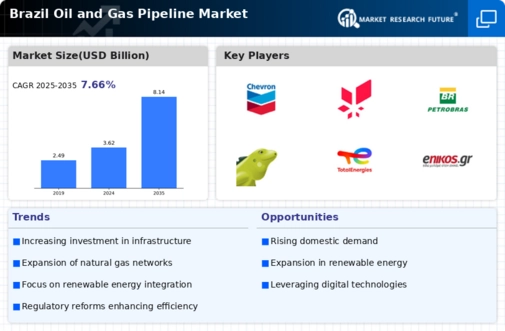
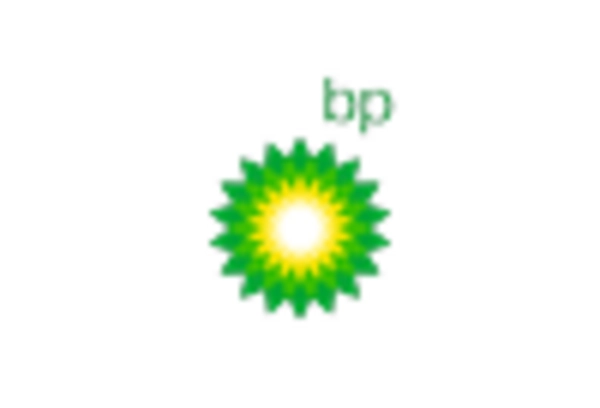
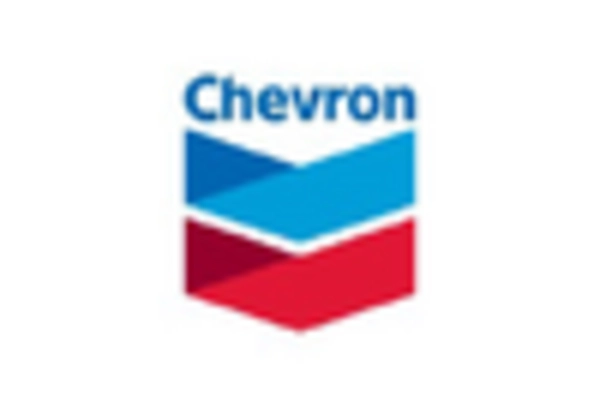

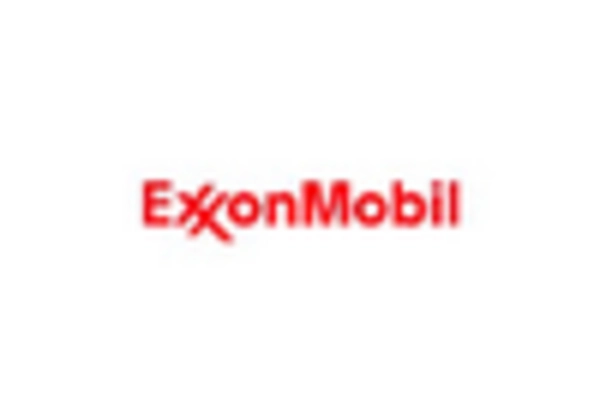
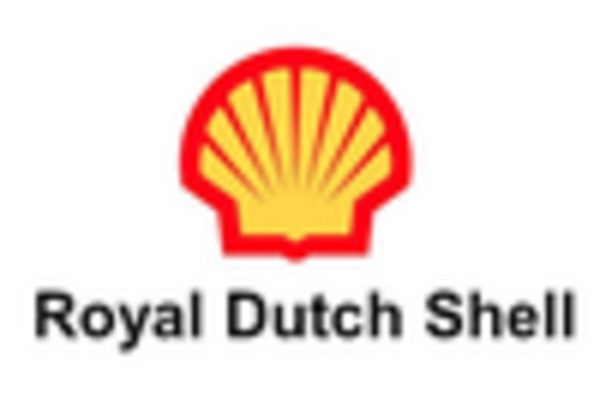
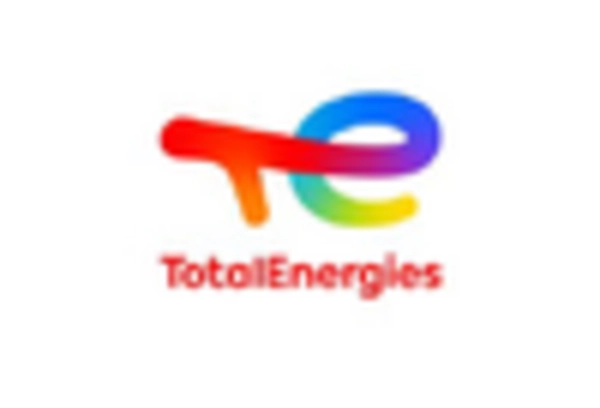








Leave a Comment